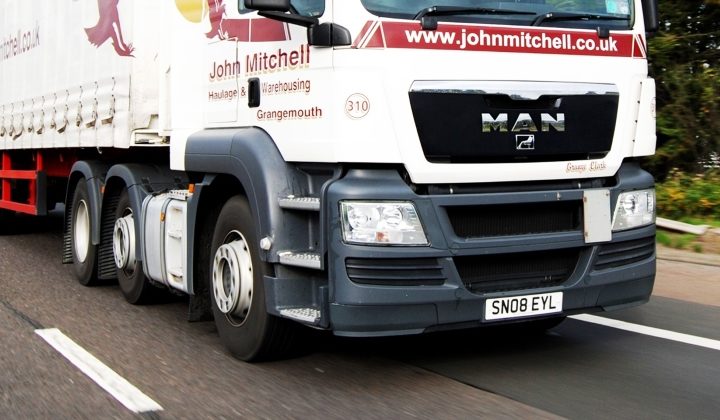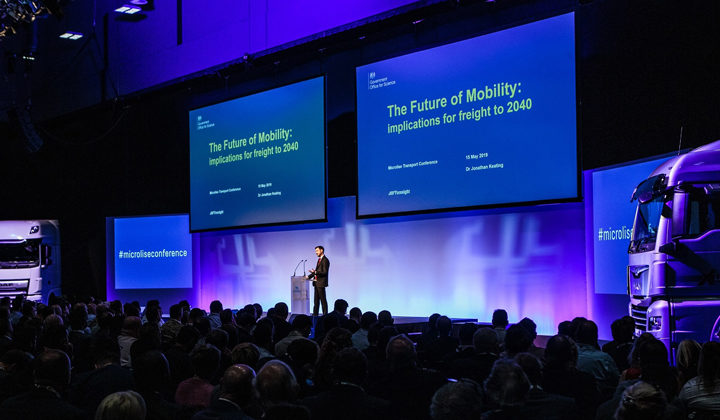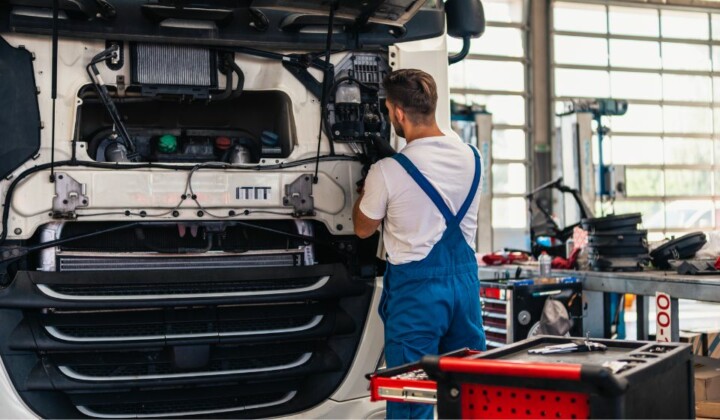A new paper published by the Government Actuary’s Department on Monday (11 September) estimates that the total projected economic benefit from connected and autonomous vehicles will be in excess of £51bn by 2030.
The report begins by outlining that technology ‘once viewed as part of science fiction’ exists in various forms, such as adaptive cruise control; noting that testing of fully autonomous vehicles is already well under way.
One area of benefit is in the technology’s capability to minimise road accidents. In an analysis of 2015 data, researchers found that 86% of accidents were deemed to have been caused by human error. While autonomous cars would not be 100% ‘fool proof’, estimates suggest there would be a £2bn benefit to the economy due to reduced accidents by the year 2030 – a figure which would largely benefit the NHS.
But while the potential of the technology to improve our lives is not in doubt, the capability of society to adapt quickly enough is.
Regulation
By law, vehicles must be controlled by an identifiable individual, who has responsibility and must remain in control. The technology is already capable of more than the law permits – such as lane changes. This shouldn’t hinder the technology’s roll out though, as the Government has agreed to take a pragmatic step-by-step approach to law changes to enable adaption as technological advances occur. With the topic even included in the Queen’s Speech – it is obviously a priority.
Infrastructure
Connected and autonomous vehicles could solve many infrastructure challenges for the Government, as vehicles will move more efficiently, closer together and without causing as much wear & tear on the road surface. They’ll also, in all likelihood, select more intelligent routes. This means we can slow down and perhaps even halt the ever-expanding development of our road infrastructure. On the flip side, the report highlights that road surfaces and signage may need to be maintained to a higher standard. There are apparently also several policy questions that need to be answered. Should autonomous vehicles be separated from ‘normal’ traffic? Should levels of automation be regulated by government? Should people be aloud to switch the system off? Should they be standardised – nationally / internationally / universally?
Town Planning
Everything we have built in the 20th Century, and early 21st Century, revolves around vehicles and the reality that people will be driving those vehicles. In the future, cars will be able to drop you off, then circle the block themselves and look for a parking space. Our requirements will change and therefore so will the way our cities look and develop. Just think, ultimately council’s will no-longer be able to collect income from parking and speeding fines. And how will this impact the development of urban distribution centres and other infrastructure currently essential to haulage and road transport?
Insurance
Perhaps the biggest headache of them all. According to the report, there will need to be a ‘fundamental change from a responsible named driver having responsibility to a situation where the manufacturer will be held accountable’. The transition is likely to be the most painful part of the process with determining risk, insurance disputes, types of insurance, new types of risk and fraud all becoming valid considerations. The report highlights one potential loser in the equation – independent garages. As manufacturers take on liability for responsibility, they will likely require all maintenance to be carried out in their own workshops taking business away from smaller independent outfits.
Conclusions
With all of these considerations in mind the report is very positive; referencing the direct and indirect consequences of connected and autonomous vehicles. It predicts a boost in access to education, employment and social activities for people with restricted mobility; less pollution; fewer traffic jams and even less time spent parking.
Projections suggest the driver may be able to hand over complete control to the vehicle by the mid 2020s, not as far away as one might think. Whether or not this all adds up to a £51bn boost to the annual economy is yet to be seen. But like with all disruptive technology, there will be some winners and some losers.





